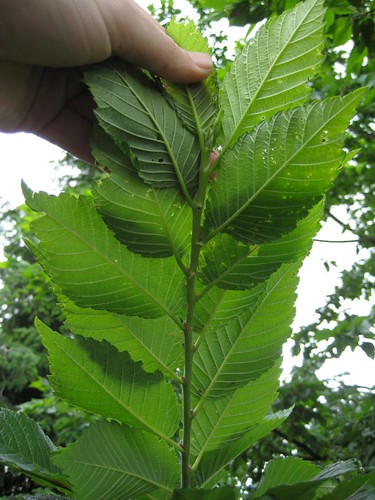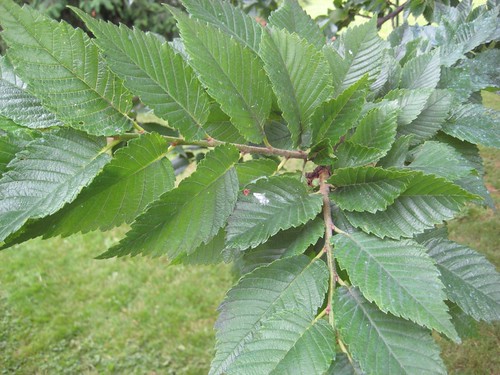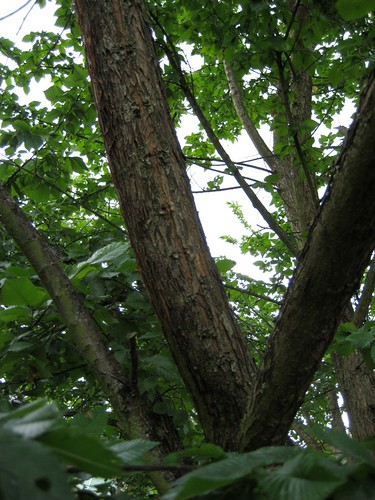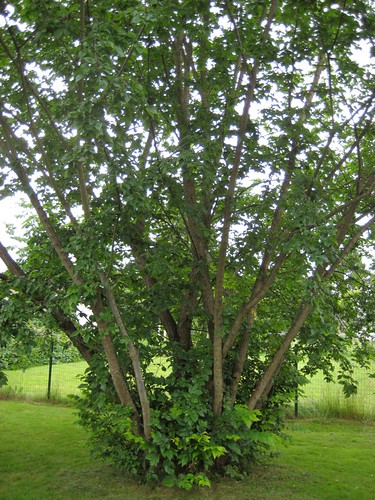retoid
ArboristSite Operative
Sorry if this isn't the correct spot to post up for needed ID'ing of tree's I searched but didnt find much.
Is anyone able to help me ID this tree? I'm having trouble figuring it out. The leaves look to be similar to birch and alder but this is no birch or alder to my knowledge.
Location: Pacific Northwest Washington
Thanks




Is anyone able to help me ID this tree? I'm having trouble figuring it out. The leaves look to be similar to birch and alder but this is no birch or alder to my knowledge.
Location: Pacific Northwest Washington
Thanks











